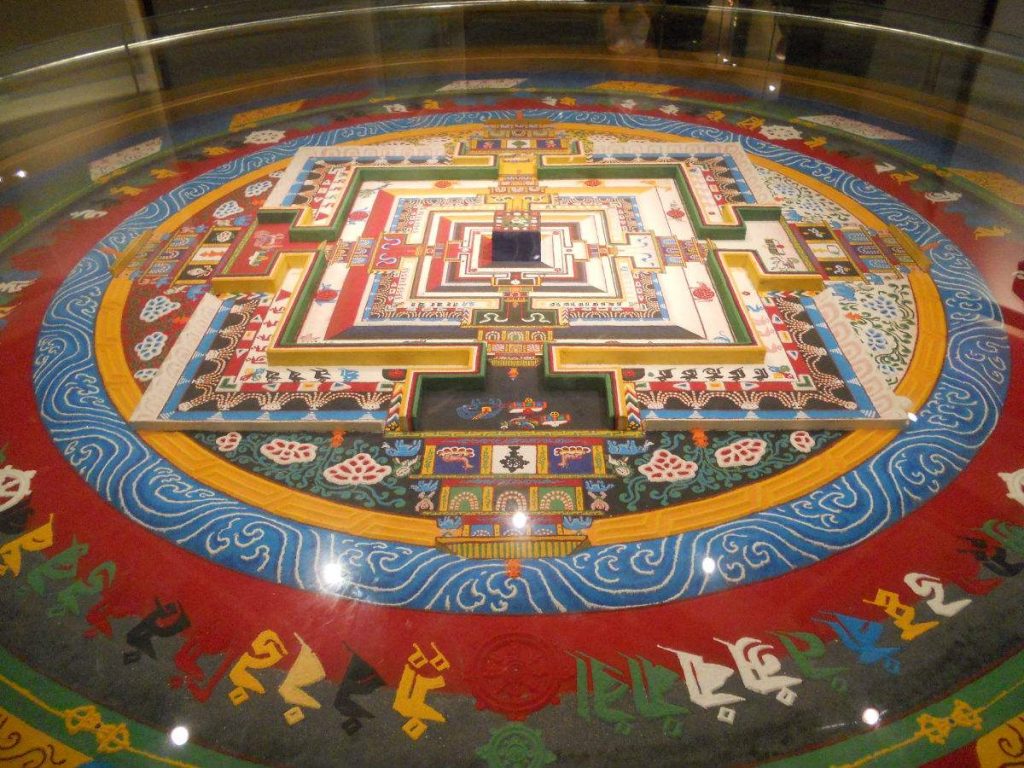Developing traditional Tibetan medicine
3 min readThe People’s Government of the Tibet Autonomous Region has made the development of traditional Tibetan medicine a key part of its health care strategy. It has drawn up the Decision on Strengthening Traditional Tibetan Medicine Work, Opinions of the People’s Government of the Tibet Autonomous Region on Providing More Support to and Promoting the Development of Traditional Tibetan Medicine and some other related documents. These measures are conducive to the protection and development of traditional Tibetan medicine. Tibetan medical establishments at all levels in Tibet exploit their advantages to the full, and study special traditional Tibetan medical treatment techniques and drugs and put them into practice. They collate ancient books, records and documents on traditional Tibetan medicine, and have compiled and published the Annotations on the Four Canons of Medicine and other important documents in this field. Currently, Tibet has 19 Tibetan medical establishments, and over 50 county-level hospitals have departments of Tibetan medicine, making Tibetan medicine accessible to people throughout the region.

Traditional Tibetan drugs are now produced in modern factories instead of small manual workshops, meaning they are produced in scale according to standardized procedures. The 20 Tibetan drug manufacturers registered in Tibet all have the GMP (Good Manufacturing Practice) certificate, and produce over 360 types of Tibetan medicine. Their products are sold in China and some foreign countries. The total value of their products reaches 100 million yuan or more. Traditional Tibetan medicine has gone beyond Tibet, and is now serving more and more people, both in China and around the world.

Respecting and protecting customs and folkways of ethnic minorities The State respects and protects the right of all ethnic groups in Tibet to live and conduct social activities according to their own traditional customs and folkways; itrespects and protects their freedom in attending normal religious service, performing sacrificial rituals, and taking part in major religious activities and folk festivals. While maintaining their traditional ways and styles of clothing, diet and housing, people of all ethnic groups in Tibet have absorbed new, modern customs in terms of clothing, food, housing, transportation, and wedding and funeral ceremonies. The Shoton Festival in Lhasa, Mt. Qomolangma Culture and Art Festival in Shigatse, Yarlung Art Festival in Shannan, the Great Canyon Culture and Tourism Festival in Nyingchi, Kham Art Festival in Qamdo, Horse Racing Festival in Nagqu, Shangshung Culture and Art Festival in Ngari, and some other festivals have been revived. National and international festivals such as the March 8th International Women’s Day, May 1st Labor Day, June 1st Children’s Day, and October 1st National Day are becoming more and more popular. New customs and habits have been formed encompassing both national characteristics and spirit of the time. While the people’s material life keeps improving, every festival is a feast for the mind, giving them more and more recreational activities. Tibetan people like to spend the Incense Festival with relatives and friends; while Langma halls for song and dance performance and sweet tea houses are major places for Tibetan leisure and recreational activities.









